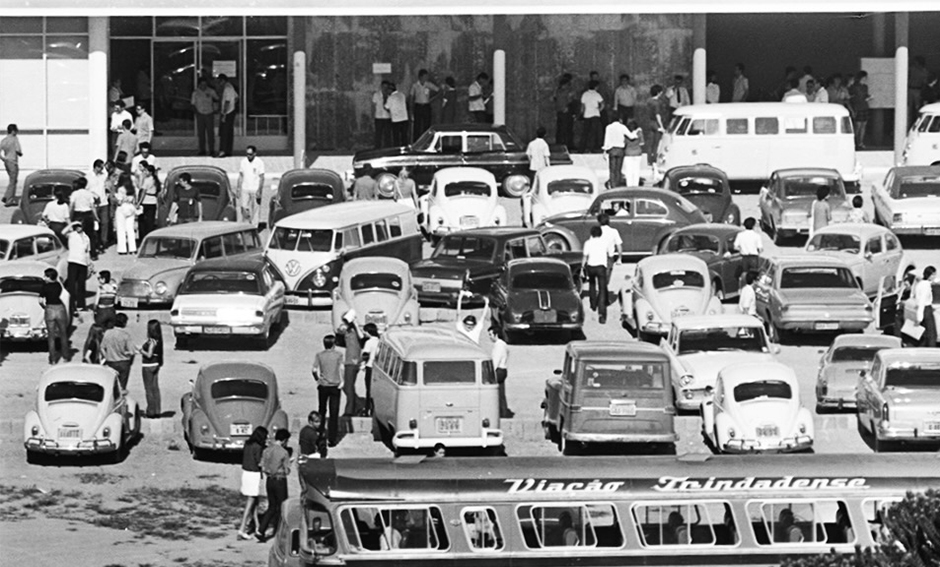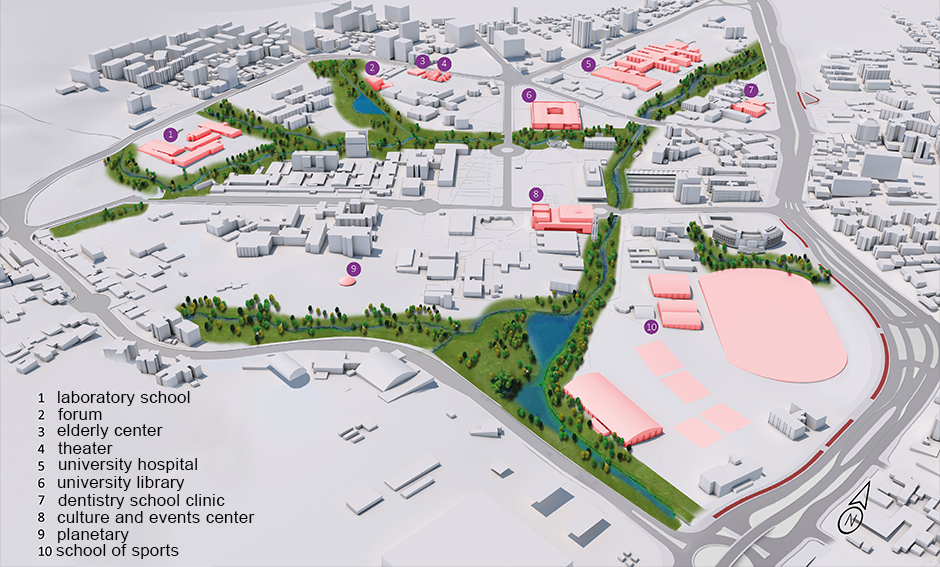Temporalities of the university territory: between the built and the proposed spaces
About the Project
- Funding:
CNPq (Call 26/2021 - International Scholarship), CAPES (Post-Graduate Scholarship)
- Team:
José Ripper Kós
Luca S. D’Acci . Politecnico di Torino
Max Welch Guerra . Bauhaus-Universität Weimar
Camila Poeta Mangrich
Luís Henrique Pavan
Evandro Machado Fernandes
Lucas Fernandes Oliveira
Renato Luiz Martins de Almeida
The impacts of human activities during the Anthropocene era have far-reaching consequences, including higher education institutions. These institutions often contribute to and perpetuate environmentally harmful practices through their economic, scientific, and educational activities. However, they also have the potential to play a crucial role in fostering resilience to the challenges posed by the Anthropocene. By examining the relationship between time, space, and the university campus, we can uncover opportunities to positively impact future urban environments. This involves scrutinizing how campus infrastructure both reflects and shapes power dynamics within its territory, particularly in the face of climate change and socio-spatial challenges. Investigating university campuses allows us to understand the intricate connections between environmental factors, technological advancements, and power structures, to develop strategies to enhance their role as socially and environmentally responsible institutions. Through a comparative analysis of the Federal University of Santa Catarina campus and European case studies, we can identify parallels, differences, and potential solutions informed by global contexts and historical perspectives.

